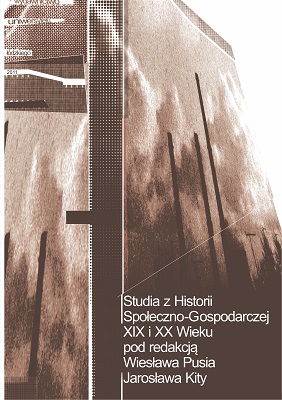Miodosytnictwo w zaborze rosyjskim przed I wojną światową
DOI:
https://doi.org/10.18778/2080-8313.09.14Abstrakt
Mead and honey beer were known on polish lands for centuries. Polish meads were a highly coveted commodity. Meads was have taken away to other European countries. During the second half of the 18th century the production of mead in Poland fell into decline due to the political and economic policy of the partitioning countries. It revived in the latter part of the 19th and at the beginning of the 20th century again, first of all in Russian annexation and in smaller degree Austrian annexation. Before the First World War it was on the grounds of Russian annexation of the most salt-works of honey on Ruś (Ukraine) and in Polish Kingdom, less on Lithuania and Belarus. But first of all, it decide about largeness of production Ruś, Lithuania in smallest degree and Polish Kingdom. On Lithuania grodzieńska gubernia, in Polish Kingdom warszawska gubernia. In Poland mead was served in monasteries and homes of the Polish nobility. A favourable drink of the Piast and Jagiellonian dynasties, mead was also extolled by Zagłoba, the famous 17th century warrior described by Henryk Sienkiewicz in The Trilogy.
Pobrania
Opublikowane
Jak cytować
Numer
Dział
Licencja

Utwór dostępny jest na licencji Creative Commons Uznanie autorstwa – Użycie niekomercyjne – Bez utworów zależnych 4.0 Międzynarodowe.









